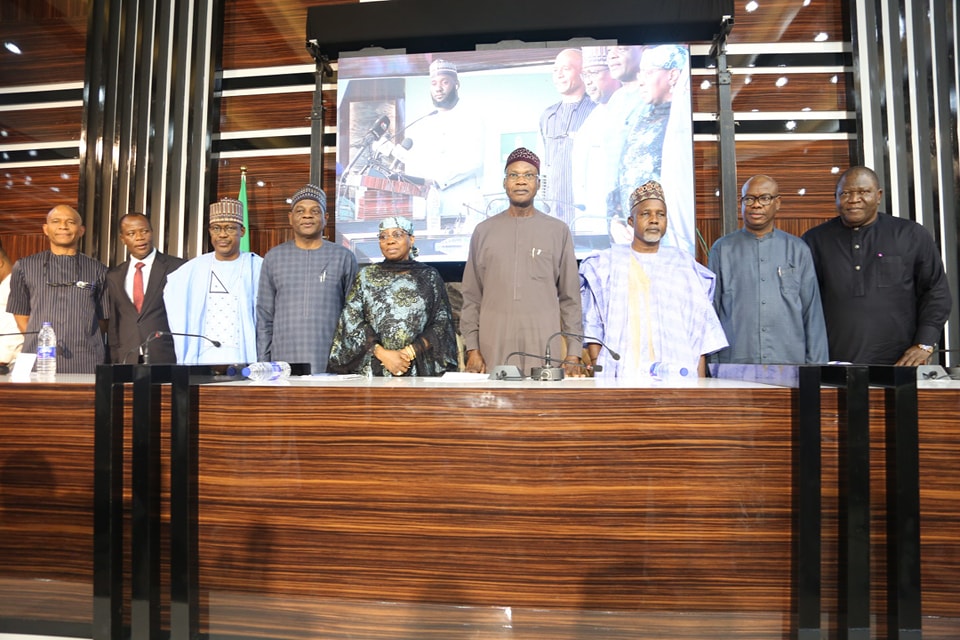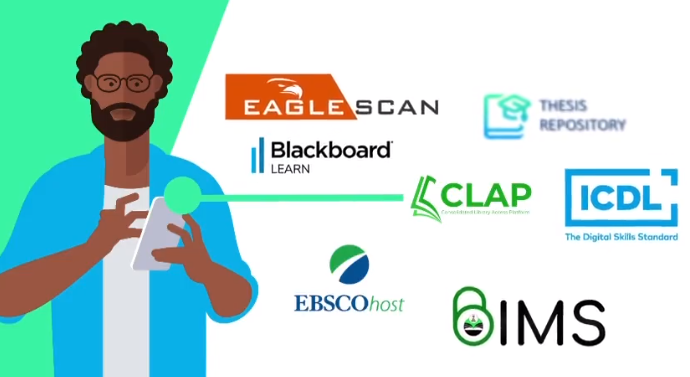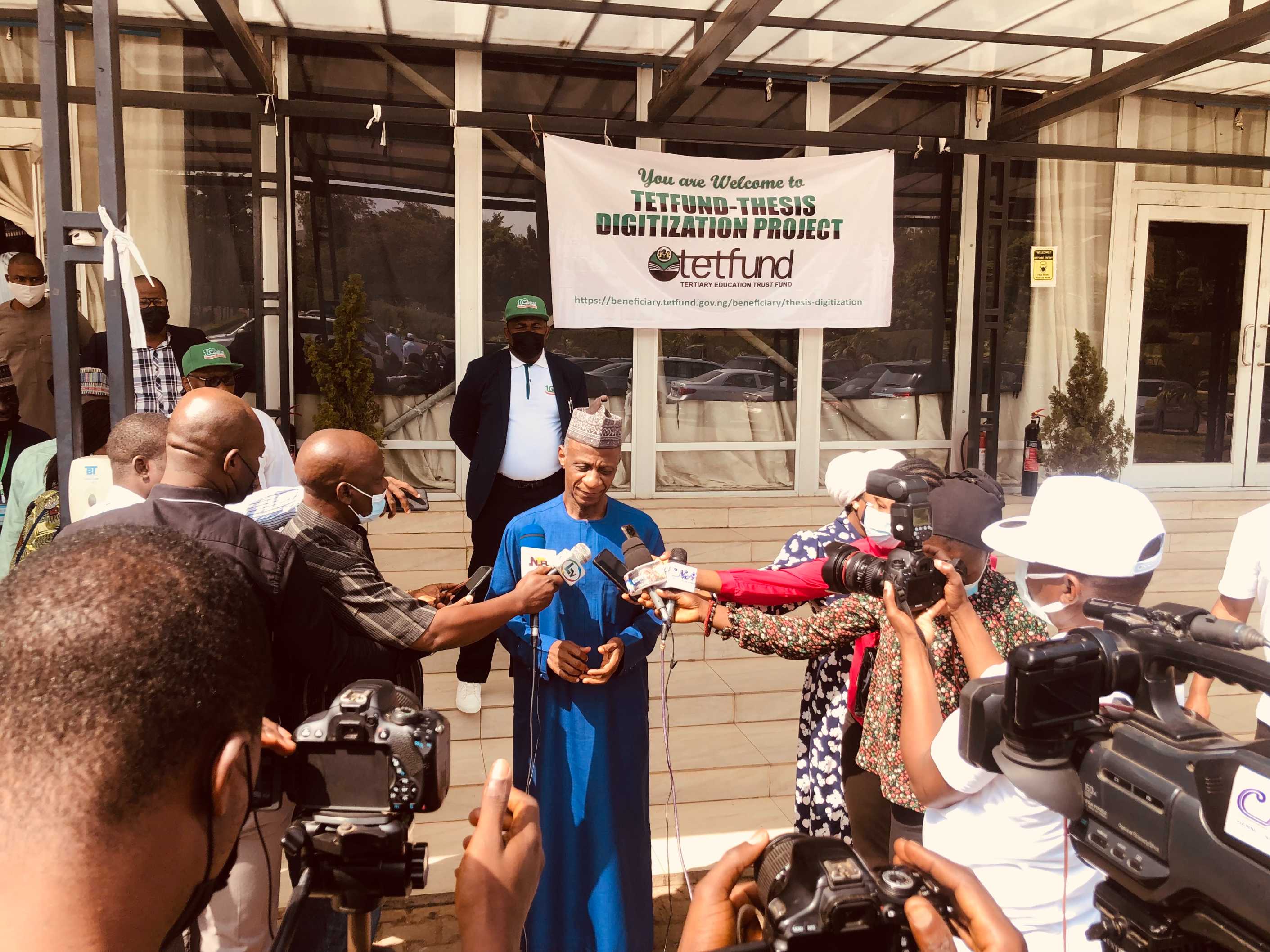TERAS is a service sponsored by Tertiary Education Trust Fund (TETFund) for the benefit of the Tertiary Education ecosystem, it delivers the broadest coverage of services for tertiary education research and learning fostering a vibrant ecosystem that drives innovation and supports the diverse needs of students, researchers, and institutions within the tertiary education landscape.

TERAS (Tertiary Education Research and Application Systems) was unveiled by the Federal Minister of Education, Professor Tahir Mamman, on 17th October 2023. While officially unveiling and launching the new technology of TERAS, the honorable minister promised to provide beneficiary institutions and TETFund with unwavering support to fully realize the potential of TERAS as a key component of our resolve in repositioning, strengthening, and rekindling hope in the tertiary education sector. He implored the end users to utilize them diligently for the advancement of tertiary education in the country.
Federal Ministry of Education - Confernce Room Tuesday, 17th October 2023
Following the implementation of the Thesis Digitization Program, the Fund allocated more funding towards strengthening the role technology plays in elevating beneficiary institutions, the Fund adopted various technologies under the TERAS platform to deliver services directly to students, staff, and institutions.


TERAS originated from the Thesis Digitization Project. TETFund initiated the Digitization of Thesis Project in December 2021, tasking the Fund with shepherding a centralized mechanism that will serve as the basis for storing dematerialized academic output in electronic form, federated across all beneficiary institutions of the Fund. The Fund conducted various interactive sessions and surveys over a period of 9 months to identify how academic output in the form of theses and other digital resources, produced by undergraduate and postgraduate students, is stored, handled, and utilized. The report of those engagements showed, through comparative analysis of practices and approaches, that our beneficiary institutions lag significantly in two key areas:
Undoubtedly, some beneficiaries have made significant progress in digitizing academic output. However, regrettably, the vast majority of beneficiaries—approximately 80%—have not yet started or achieved significant results. Meanwhile, about 10% have successfully digitized a considerable volume of their theses.